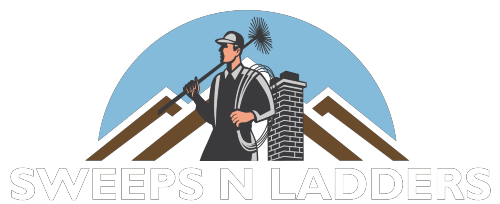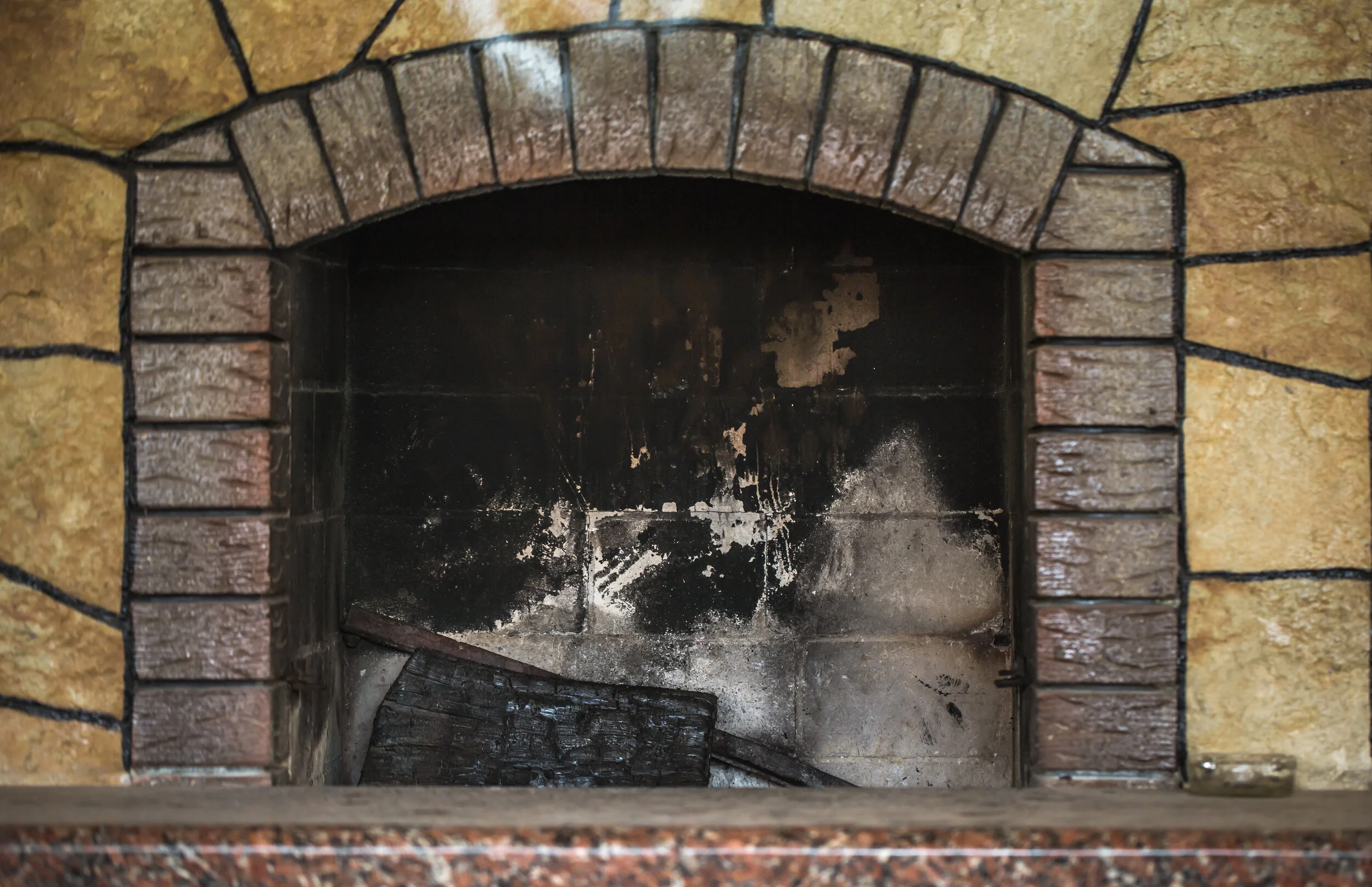What You Should Know About Dealing With Chimney Creosote
Creosote is one of the most common chimney issues. It’s a type of soot that accumulates in the chimney and blocks the passage. Some of the consequences include obstruction and fires, which is why you should have professional creosote removal promptly.
Creosote stages
Creosote builds up gradually. There are three classifications:
Stage one: First-degree creosote shows up in thin layers. As homeowners use their wood stoves or fireplace, the smoke leaves creosote deposits. However, the problem isn’t yet urgent at this point.
Stage two: Second-degree creosote looks like tar. It may resemble flakes, but it is not easy to remove like the stage one variety. You can scrape it off with the appropriate tools, but the best solution is to hire professional chimney sweepers. They’ll do everything in their power to get rid of the accumulation and salvage the liner.
Stage three: Third-degree creosote is thicker yet. Since it’s more concentrated, it’s more likely to cause chimney fires. Additionally, the accumulation hinders air movement and shrinks the air column. A chimney servicing company may eliminate stage three creosote, but you likely need to replace the liner in the process.
Creosote treatment
There are several ways to deal with chimney creosote. For instance, those who use their fireplace often can brush the area or use a sweeping log each week. This routine maintenance helps alleviate stage-one accumulation before it gets worse. After brushing or sweeping, make sure to clean the bottom of the fireplace to prevent loose creosote from catching fire.
However, these measures aren’t perfect since they might not remove all creosote. If any progresses to stage two or three, it’ll require chimney sweeping. Seasoned contractors can inspect your chimney and fireplace and take appropriate steps to resolve your issues.
How to prevent chimney creosote
Altogether avoiding creosote accumulation in the chimney is practically impossible. Still, you can minimize its occurrence if you use seasoned wood. It’s less moist than fresh wood, allowing the smoke to rise better.
Furthermore, be sure to clean the chimney regularly to avoid heavy build-up. The best time of year to hire chimney sweepers is just before you use the fireplace in winter. They can certify that the system is free of soot and that it’s safe for you to fire up your fireplace.
Sweeping and brushing throughout the heating season are also recommended. These activities help minimize creosote accumulation and lower the risk of obstruction or fire. Plus, homeowners who frequently use the fireplace should book chimney cleaners every other month.
Moreover, you’ll want to install one or more carbon monoxide detectors in your home. If the chimney is blocked, inefficient burning produces carbon monoxide, which is why some jurisdictions require this device in houses with one or more fireplaces.
Do you need help with your chimney?
You don’t have to handle all the maintenance of your chimney. Contact an experienced professional to keep you and your family healthy and safe.
Sweeps N Ladders is a North Texas chimney and roofing repair service providing chimney & fireplace restorations, brick and mortar restoration, chimney caps, chase covers, and more. We provide fireplace inspection and repair, fireplace remodeling, chimney inspection and sweeping, and dryer vent cleaning. We are locally owned and operated family business and are licensed, bonded, and insured. Call us today at 469-812-5662.

